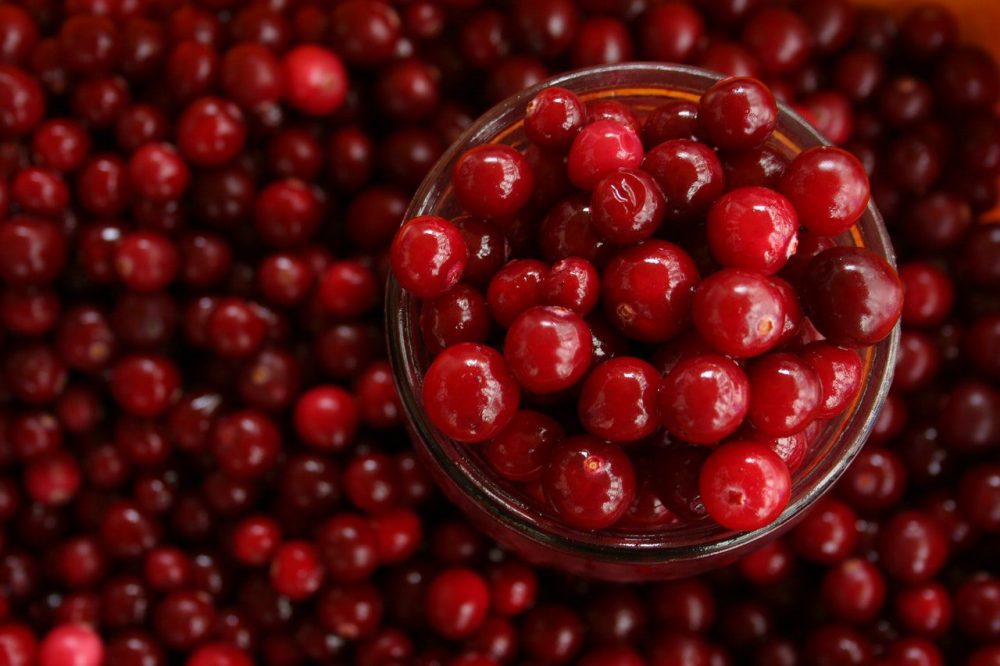Scratches on your glasses can be more than just an annoyance; they can significantly impair your vision and the aesthetics of your eyewear. Knowing how to get scratches out of glasses can save you both time and money and prevent the frustration of impaired vision. Here's a step-by-step guide to help you restore the clarity of your lenses.
How to Get Scratches Out of Glasses in 6 Simple Ways

@mothernylah | Instagram | Scratches on your glasses can significantly impair your vision and the aesthetics of your eyewear.
1. Baking Soda
One of the simplest yet effective methods involves using baking soda. To utilize this method:
- Mix one tablespoon of baking soda with half a tablespoon of water to form a thick paste.
- Gently rub this paste over the scratches using a cotton ball in a circular motion for about 20 seconds.
- Rinse your glasses under cold water and dry them with a soft cloth. If scratches persist, repeat the process.
2. Metal Polish for Persistent Scratches
Metal polish, although primarily used for metals, can be carefully applied to plastic lenses as well:
- Apply a small dab of metal polish such as Brasso to the lens.
- With a soft cloth, gently buff the lens. Patience is key here, as it might take some time to see results.
- Once done, clean the lens with alcohol to remove any residue of the polish. Ensure you work in a well-ventilated area to avoid inhaling fumes.

@howstuffworks | Instagram | Rinse your glasses under cold water and dry them with a soft cloth.
3. Toothpaste
Toothpaste can be used as a gentle abrasive to smooth out minor scratches:
- Apply a small amount of non-gel, non-abrasive toothpaste to a cotton ball.
- Buff the scratches gently and with care to avoid deepening them.
- Repeat several times for deeper scratches until you achieve the desired clarity.
4. Car Wax
Car wax not only shines cars but can also fill fine scratches on glasses:
- Apply a small amount of car wax with a clean microfiber cloth in gentle, circular motions.
- Make sure the wax fills the scratches completely, and buff with another clean cloth as needed.
- Repeat the process periodically to maintain scratch-free lenses.
5. Etching Cream for a Deep Clean
Use etching cream with caution and only on plastic lenses:
- Apply the cream evenly across the lenses with a cotton ball, avoiding any contact with the frames.
- Let it sit for about five minutes, then gently remove the cream with another clean cotton ball.
This method can improve the appearance of your lenses.

@luffy_leathers | Instagram | Store your glasses in a padded case and wrap them with a microfiber cloth to protect against dust and scratches.
6. Furniture Spray
Furniture spray can lightly coat and fill in scratches:
- Spray a light coat on your lenses and gently buff with a lint-free cloth in circular motions.
This method requires patience and regular maintenance to keep your lenses clear.
How to Prevent Scratches on Your Glasses
To keep your glasses in top condition, adopt these preventative measures:
- Always rinse your lenses with room-temperature water before cleaning to remove particles that can scratch the surface.
- Use a mild dish soap to cleanse and a microfiber cloth to dry and remove any residues.
- Store your glasses in a padded case and wrap them with a microfiber cloth for added protection against dust and scratches.
With effective ways to remove scratches on glasses, you can extend the life of your glasses and ensure that you continue to enjoy clear vision without the annoyance of scratches.













